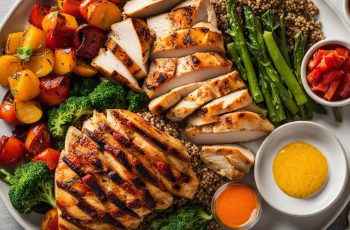Losing 100 pounds is one of the most formidable health goals a person can set for themselves. Regardless of why you’ve decided to embark on this fat loss journey, it’s going to take both lots of hard work and consistency to revert your weight gain – in other words, commitment – if you want to reach your weight loss goal!
But before taking that first step, it’s important that you understand how long this process is likely to take. This post will equip you with insight so you’ll know what kind of timeline and level of effort will be required when striving towards such an ambitious target.
How Long Does It Take to Lose 100 Pounds?
Factors That Affect Your Timeline
The amount of time it takes to lose 100 pounds depends on several factors, including metabolism, activity level, fast food diet, and stress levels. For example, if you have a slow metabolism, it will likely take longer to see results than someone with an average or fast metabolism. That’s not to say that those with slower metabolisms cannot reach their goals; they may have to work a bit harder or be more patient as they inch toward their goal weight.

Activity Level
Your activity level also affects how quickly you can lose 100 pounds body fat. For example, if your exercise routine includes walking, running, biking, or lifting weights – as well as other activities such as dancing or swimming – you will be able to achieve your goals faster than someone who doesn’t exercise regularly.
In addition to being active, ensure you eat healthy foods and avoid processed and junk food. Eating healthy will help fuel your body to continue exercising and pushing yourself toward long-term success.
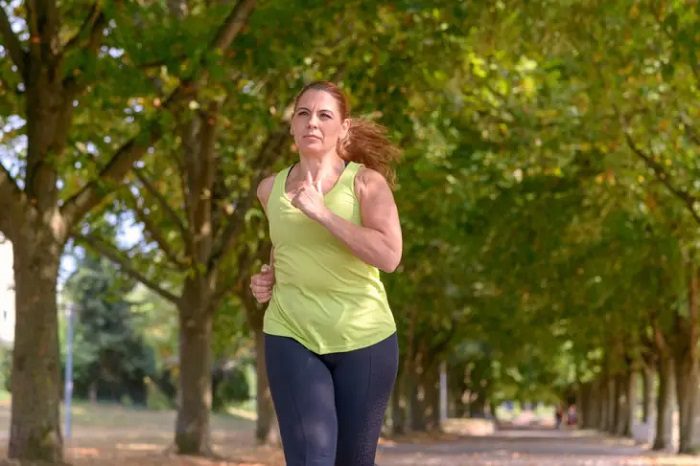
Stress Levels
Stress can wreak havoc on our bodies and delay our progress when trying to lose weight. Try adding stress management techniques like yoga or meditation into your daily routine so that you can reduce stress levels and focus on achieving your goals. Additionally, don’t forget about getting enough restful sleep each night—it is essential for good health.

Rapid Weight Loss is Unhealthy
How long does it take lose 100 pounds? Rapid fat loss can lead to various health issues and complications, including nutrient deficiencies, electrolyte imbalances, dehydration, fatigue, muscle mass loss, constipation, gallstones, and the yo-yo effect.
Nutrient Deficiencies: Quick-fix diets or fad diets often lack essential vitamins and minerals that your body needs for energy production and overall well-being. Without these nutrients, your body cannot efficiently perform all its necessary functions or fight illnesses or diseases. As such, you are more vulnerable to developing chronic conditions like heart disease or diabetes over time and vitamin deficiencies due to the lack of proper nutrition.
Electrolyte Imbalances: When you lose weight rapidly, primarily through extreme dieting or unhealthy eating habits such as skipping meals or limiting food intake drastically – your body loses electrolytes at an accelerated rate which can lead to an imbalance in sodium levels in your blood. This can cause headaches, dizziness, and other unpleasant symptoms associated with dehydration.
Muscle Mass Loss: When you restrict calories too much when attempting a rapid weight loss program, your body will start breaking down muscle tissue for energy instead of fat stores. This compromises your metabolism since muscle mass helps burn more calories than fat even when at rest, so if you deplete it too much, you may find yourself gaining back the lost pounds very quickly once you start eating normally again.
Additionally, exercising regularly while trying to lose weight safely can result in muscle mass being lost faster than fat – meaning you won’t reap the benefits from working out as much as expected.
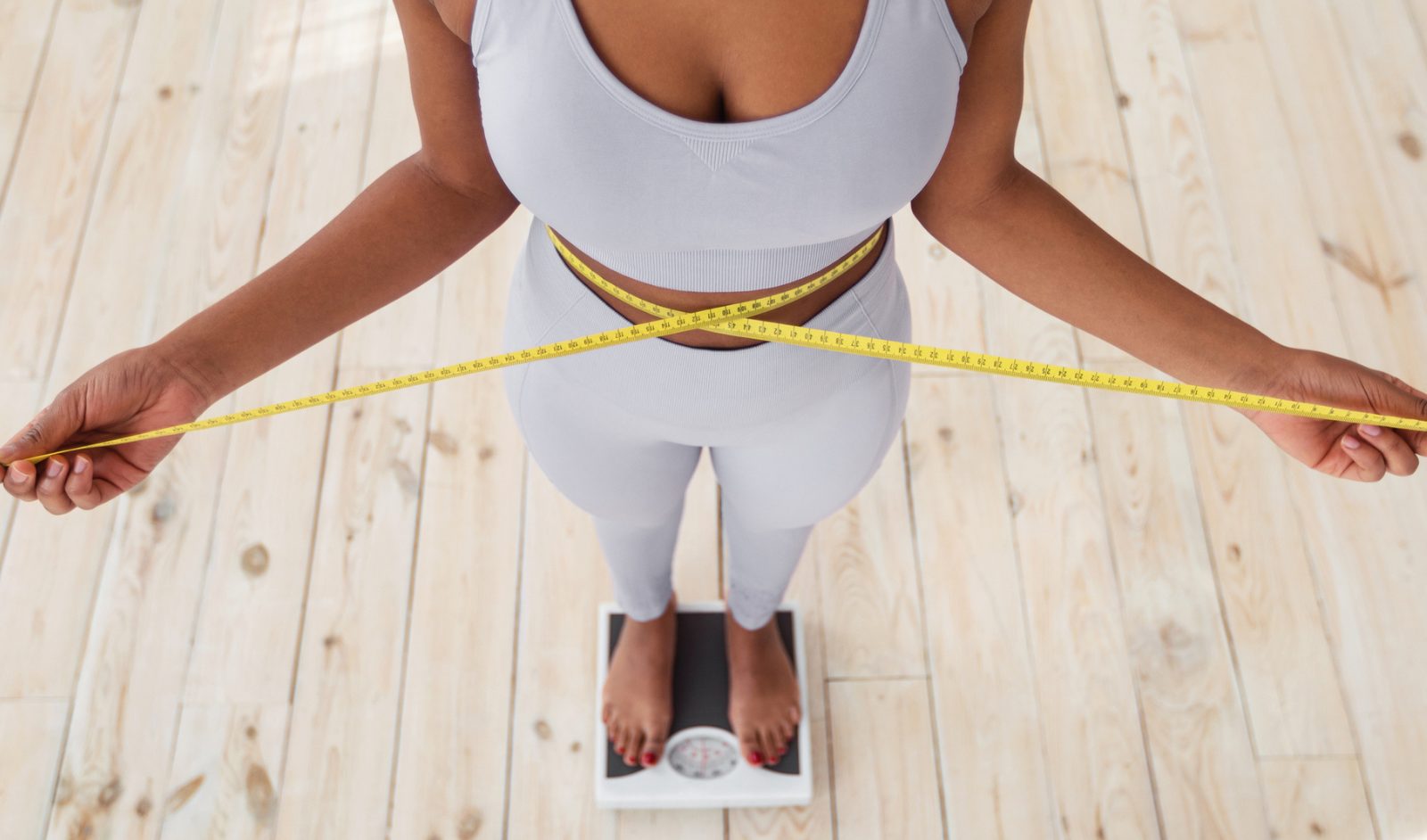
How to Lose 100 Pounds in About a Year?
The general rule is that 1 pound of fat equals 3,500 calories. Therefore, to lose weight like 100 pounds in one year means you need to burn 350,000 calories! That can be daunting when you look at it as a whole number; however, breaking it down into smaller chunks makes the process much more manageable if you divide 350,000 by 52 weeks (one year), which equals 6692 count calories per week. So now your goal becomes to burn 6692 calories each week to reach your goal of losing 100 pounds in one year.
An effective way to accomplish this is by creating two goals—a fitness goal and a diet goal. In short, make lifestyle changes count. For the fitness portion of your plan, aim for at least 150 minutes of cardio exercises per week, such as jogging or walking and strength training 2–3 days per week using weights or resistance bands. This will help you burn around 2000 calories per week, depending on your current body weight and exercise intensity.
For the diet portion of your plan, create a meal plan that allows for eating healthy while also cutting out any unnecessary sugars or unhealthy food from your diet. Aiming for a calorie intake deficit of 500-1000 calories per day will help you achieve the remaining 4692-7192 caloric intake deficit each week needed to reach your goal of losing 100 pounds in one year.
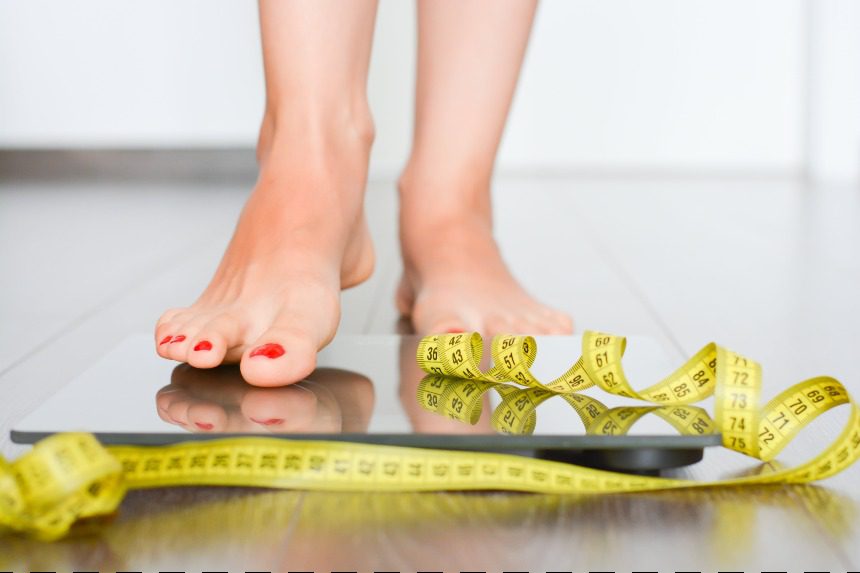
What if You Have Over 100 Pounds to Lose?
Set Realistic Goals
How much weight should you expect to lose from your current weight? When setting your weight loss success, make sure it is realistic and attainable. Don’t set yourself up for failure by expecting too much too soon. Aiming to lose 1-2 pounds per week is a realistic goal that won’t feel overwhelming or too difficult to achieve. Remember that slower weight loss journey and steady wins the race! Also, think about setting smaller goals along the way so you can celebrate mini successes as they come.

Create a Plan and Stick With It
Having a plan in place will make it easier to stay on track in losing more weight. First, ensure your plan includes healthy eating habits and plenty of physical activity. Choosing foods that are low in carbohydrates and rich in fiber, protein, vitamins, and minerals is key for reaching your weight loss goals without feeling deprived or overwhelmed by all the changes you need to make. Additionally, regular exercise will help boost your metabolism, so you burn more calories throughout the day, even when not working out.

Focus on Mindful Eating Habits
Adopting mindful eating habits is critical for successful long-term weight loss efforts results. This means being aware of what you’re eating and how much you consume during each meal or snack time. Learn to add more vegetables, whole grains, lean meat, and brown rice on your diet to achieve more success, might as well consider intermittent fasting.
Pay attention to hunger cues from your body and be sure you are eating when truly hungry instead of just out of boredom or stress. It should be the same amount and not exceed for you to maintain or gain weight. Keeping track of what you eat in a food journal or app can also help you stay mindful while creating better eating habits over time.

Healthy Foods That Will Help You Lose Weight
Start Your Day With A Healthy Breakfast
Breakfast is the meal that sets the tone for your day, so make sure you start strong! An omelet filled with veggies such as onions and peppers provides essential vitamins, minerals, protein, and fiber. This will help keep you feeling full until lunchtime. If you’re not an egg fan, try a bowl of oatmeal topped with fresh strawberries or blueberries. Oats contain complex carbohydrates that will provide slow-release energy throughout the morning.

Eat Lean Protein At Every Meal
Lean proteins such as chicken, turkey, fish, beans, tofu, and eggs should be included in every meal. Not only do these proteins provide essential amino acids for muscle development, but they also help control hunger cravings throughout the day. Also, add nuts like almonds or walnuts into your diet—they provide healthy fats that will help keep your cholesterol levels in check while also helping fill you up between meals.

Fill Up On Fiber-Rich Foods
Fiber helps keep us fuller longer by slowing digestion and absorbing water along the way, which helps us feel fuller faster. Foods high in fiber include legumes like lentils or chickpeas, broccoli or spinach, fibrous grains like quinoa or barley, and fruits like apples or oranges. Adding fiber-rich foods into your diet can help reduce hunger cravings throughout the day, so you don’t stray from your weight loss goals.
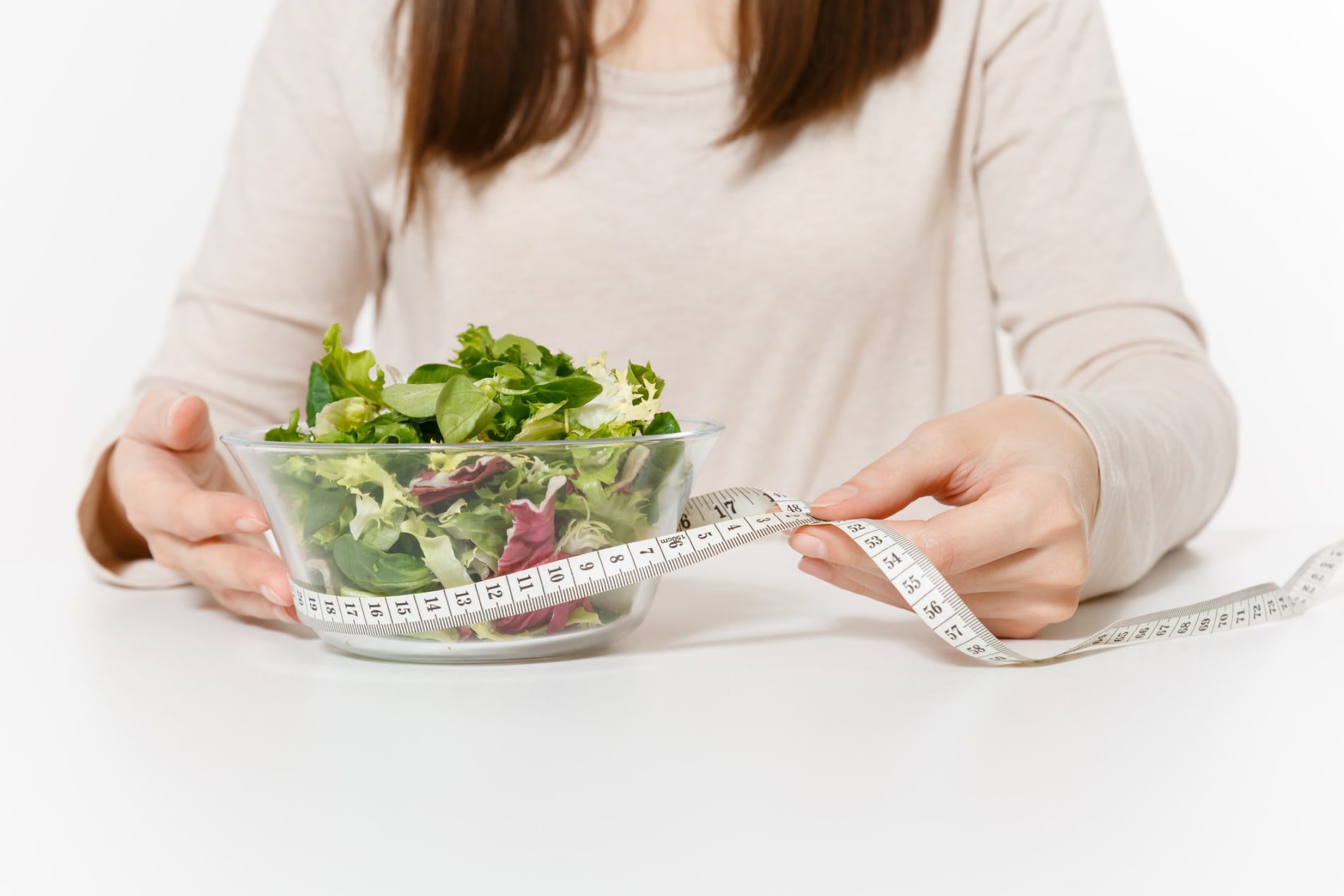
How Can I Lose 100 Pounds in a Year With Endoscopic Sleeve Gastroplasty (ESG)?
What Is ESG?
Endoscopic sleeve gastroplasty is an innovative weight loss procedure that uses endoscopy to shrink the size of your belly fat without surgery. This minimally invasive procedure involves placing a suturing device through a long, thin tube called an endoscope inserted into your stomach via your mouth.
The suturing device then places tiny stitches along the inner wall of the stomach, creating folds that significantly reduce its capacity. As a result, you will feel fuller faster while eating and consume less food overall.
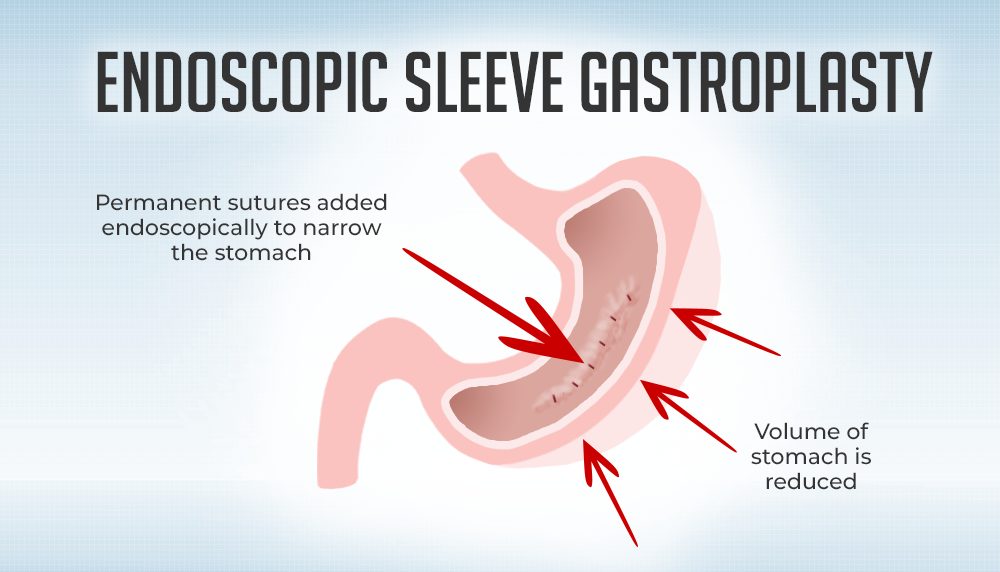
How Does ESG Work?
The endoscopic sleeve gastroplasty procedure typically takes 45-90 minutes to complete and is performed under general anesthesia. Once the procedure is finished, you may experience discomfort or soreness in your abdomen for the first few days, but this should quickly resolve with rest and over-the-counter pain medication. During your recovery period, it’s important to stick to a healthy diet and exercise plan, as this will help you reach your goal of losing 100 pounds in 12 months.
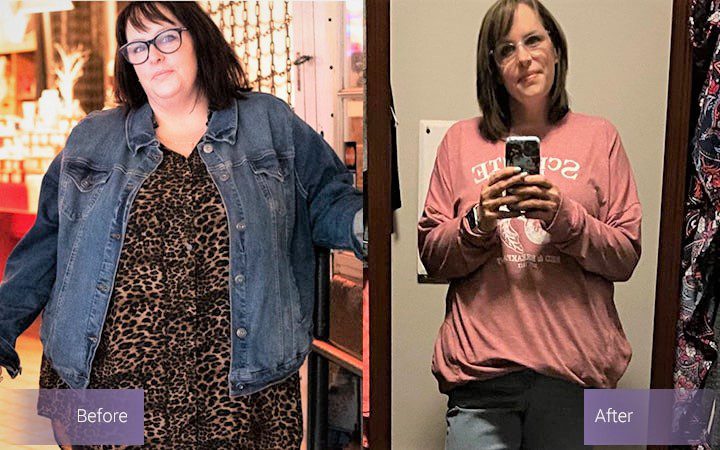
Will I Reach My Goal With ESG?
Yes! If you commit yourself to follow a healthy diet and exercise plan while undergoing ESG treatment, there’s no reason why you can’t reach your goal of losing 100 pounds within one year. In addition, many patients report seeing results in just two months after their initial procedure, and many can lose up to 50% of their excess body weight within six months after completing ESG treatment – making it an incredibly effective weight loss solution for those looking to shed significant amounts of your starting weight quickly.

Final Thoughts
Reaching your goal of losing 100 pounds is a challenging feat. However, it can be done with the right combination of diets like a ketogenic diet and exercise! By creating a plan that includes lean proteins, fiber-rich foods, and healthy breakfast options, plus adding regular physical activity into your day, you will be well on your way to reaching your weight loss goals.
It’s important to remember that losing weight requires commitment and dedication, so don’t be discouraged if you don’t see immediate results. With the right mindset and approach, how long it takes to lose 100 pounds can vary greatly—but with consistent effort and dedication, this goal is certainly achievable.
Frequently Asked Questions
Is it possible to lose 100 pounds in a year?
Patients who have quickly put on considerable weight may find relief and results with the ESG approach – a non-surgical weight loss technique. In addition, this method offers an opportunity for those needing to achieve their desired results without invasive or uncomfortable procedures.
Will I have loose skin after losing 100 pounds?
Weight loss can cause the skin to become less elastic, leading to sagging or loose skin, particularly in the lower back, shoulders, chest, and thighs. For some people, this laxity of the skin is desirable.
How much exercise per day to lose 100 pounds?
It is recommended that individuals engage in moderate-intensity exercises for between 450 and 400 minutes a week. Power walking, jogging, cycling, and swimming are the best cardio workouts. To start your weight loss journey, a great exercise is walking.cc
How many calories to lose 100 pounds?
To drop 100kg during the week, reduce the amount and number of calories consumed in your diet.

